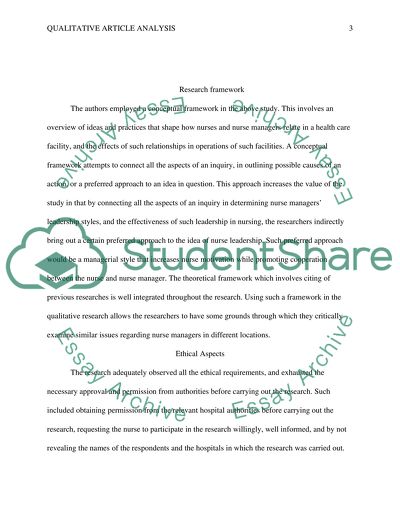Cite this document
(“The Nature of Leadership Style in Nursing Management Research Paper”, n.d.)
Retrieved from https://studentshare.org/nursing/1469508-the-nature-of-leadership-style-in-nursing-management
Retrieved from https://studentshare.org/nursing/1469508-the-nature-of-leadership-style-in-nursing-management
(The Nature of Leadership Style in Nursing Management Research Paper)
https://studentshare.org/nursing/1469508-the-nature-of-leadership-style-in-nursing-management.
https://studentshare.org/nursing/1469508-the-nature-of-leadership-style-in-nursing-management.
“The Nature of Leadership Style in Nursing Management Research Paper”, n.d. https://studentshare.org/nursing/1469508-the-nature-of-leadership-style-in-nursing-management.


